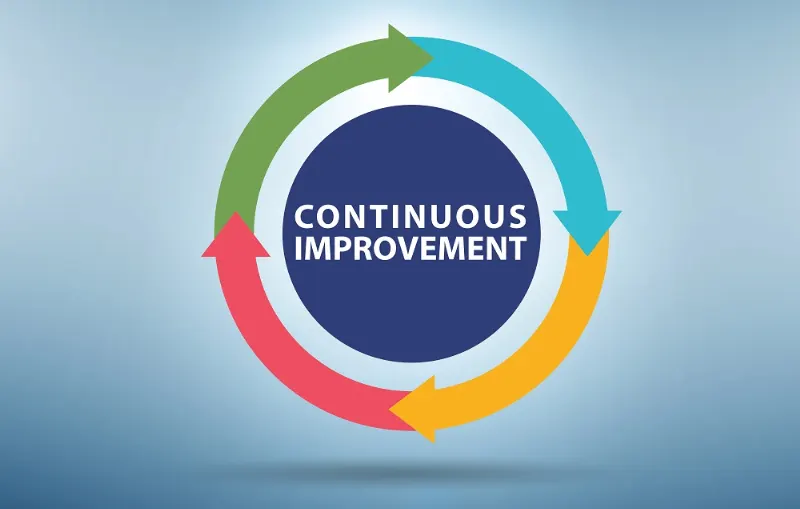I recently enrolled in a Harvard online course about school management and leadership highlighting leaders ‘responsibilities and roles in leading learning. The course is the result of an innovative collaboration between the Harvard Graduate School of Education (HGSE) and Harvard Business School (HBS). Throughout the course, “collaboration” was pivoted as key to developing a strong instructional and caring culture to support the continuous improvement of any type of organization to achieve its vision and mission. To put theory into action, the course introduces the Agreement Matrix, a renowned business approach, also applied in school contexts, that identifies an organizations’ context in terms of alignment between people’s agreement on what the institution’s goal is and the people’s actions that will lead to the desired goal.
Let’s say that this context is a school. If a principal’s goal is to increase his staff and faculty’s performance, the principal would need to assess whether they are aware of this goal and are ALL on board to achieve it. Leaders can get this data from formal or informal discussions in the hallways, department meetings, surveys, etc. If data indicates low agreement on goals but high agreement on how to achieve them, then the leaders should use management tools that include trainings, emphasis on procedures, and developing measurement systems. If there is high agreement on goals and how to achieve them, then leaders ought to use culture tools which include focusing on traditions and rituals of the organization vision and mission. If there is low agreement on goals and how to achieve them, then leaders should use power and authority tools (i.e. command and control approach). Finally, if there is high agreement on the goal but low agreement on how to achieve it, leaders would use leadership tools including role modeling, inspiration, charisma, and vision.
For example, tolerance and acceptance are espoused core values in a school aligning with enacted practices by all stakeholders. This is evident in curricular and extracurricular activities. Topics and lessons about traditions, cultures, races are embedded in the curriculum and are coined with the concept of acceptance and tolerance. That concept is also celebrated and recognized in extra-curricular activities like “Cultural Day” when parents, students, teachers, and staff are all engaged in this day by
contributing to food, costumes, games, etc. On the other hand, excellence as an espoused norm is an example of misalignment with enacted practices. The achievement gap in Math, English and/or Science, inconsistency in teaching practices, and inefficient hiring qualified educators are examples of misalignment. The degree of alignment between agreement on goals and how to do it validates the effectiveness of the matric agreement.

from Harvard’s CMSL course
That is why leaders should be continuously reflecting on their own performance and seek continuous improvement for the sustainability of their organization. Those are the traits of a flexible and adaptable leader. Furthermore, leaders must build trust and open communication channels with their employees; hence, the open-door policy modeled by the governments in UAE, and adopted by all leadership and management levels in varying organizations, to communicate concerns and suggest solutions.
That agreement between leaders and staff or employees develops the sense of belonging and ownership and increases buy-ins into the vision and goals.
The agreement matrix would not only support leaders and principals to achieve their targeted goal and drive continuous improvement but also create a caring and nurturing culture inside the organization. In particular, and with the disruption the COVID-19 pandemic, it became necessary for leaders to focus on empowering their staff and employees and consider them agents of change.
Author: Nadia Halabi



